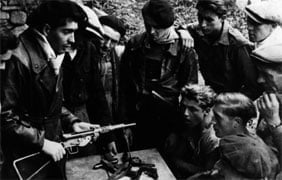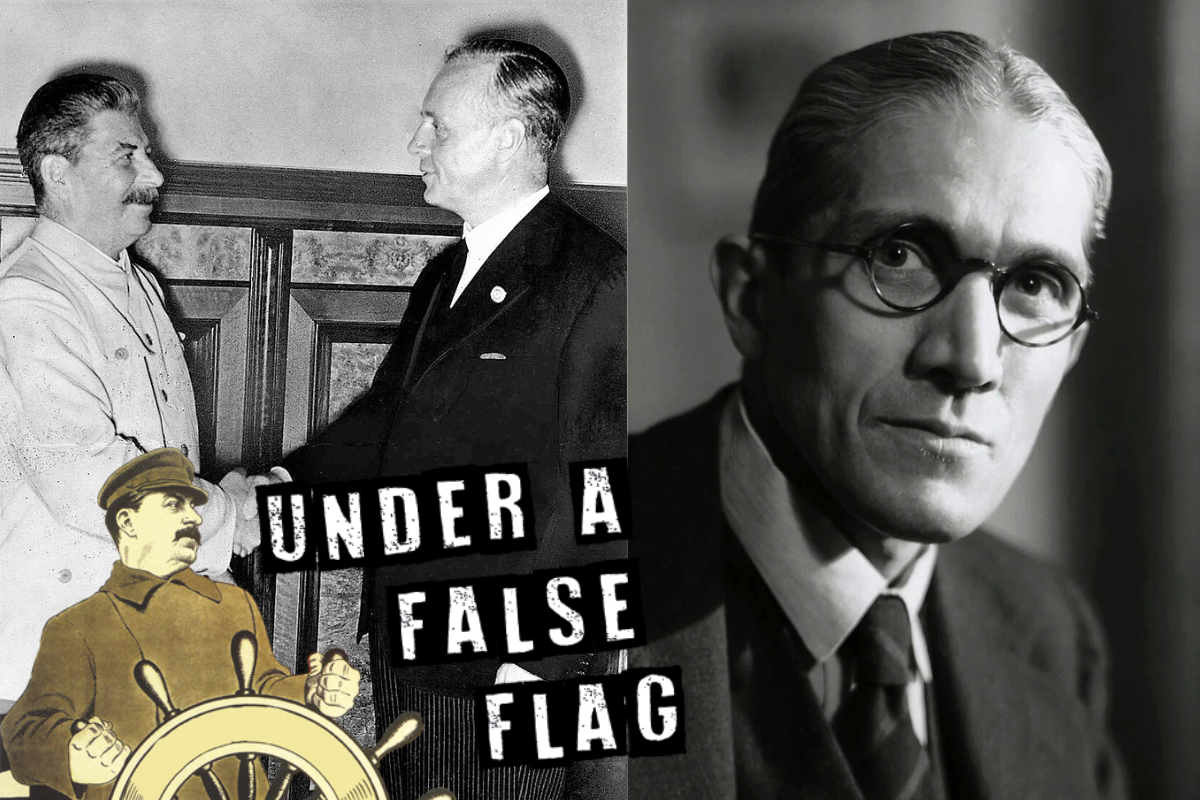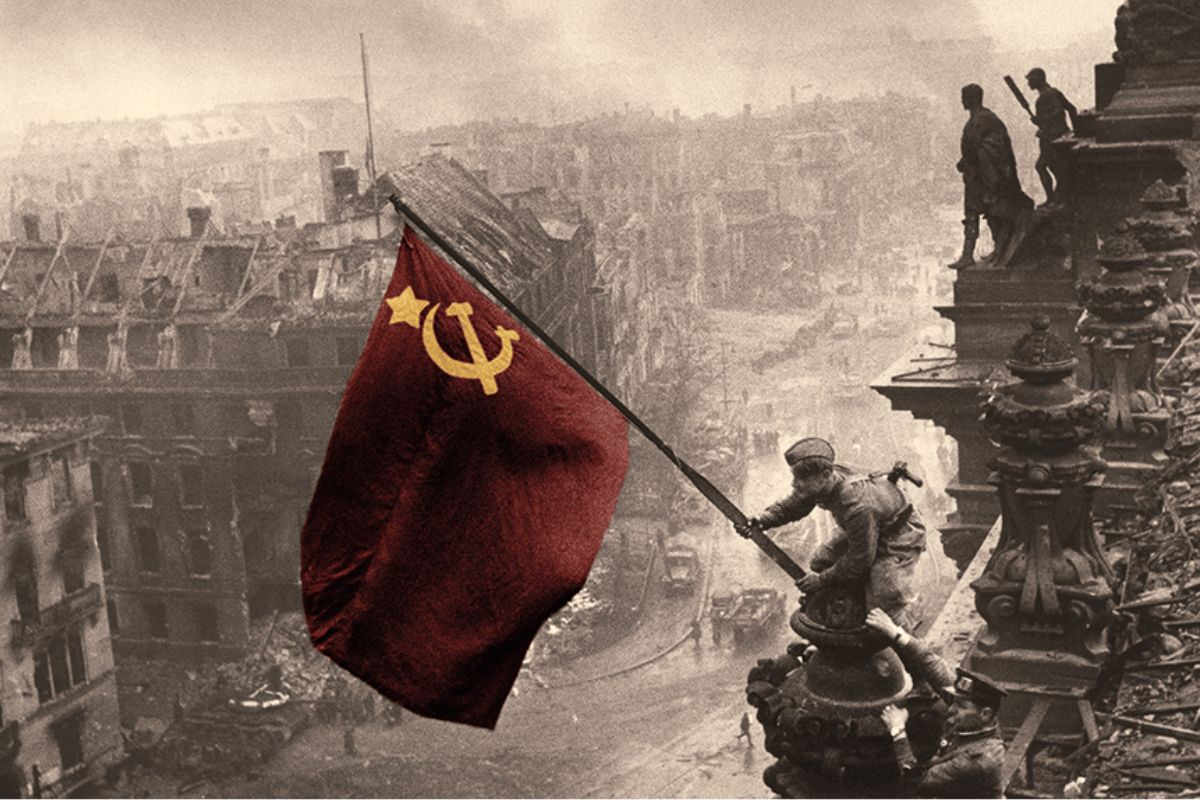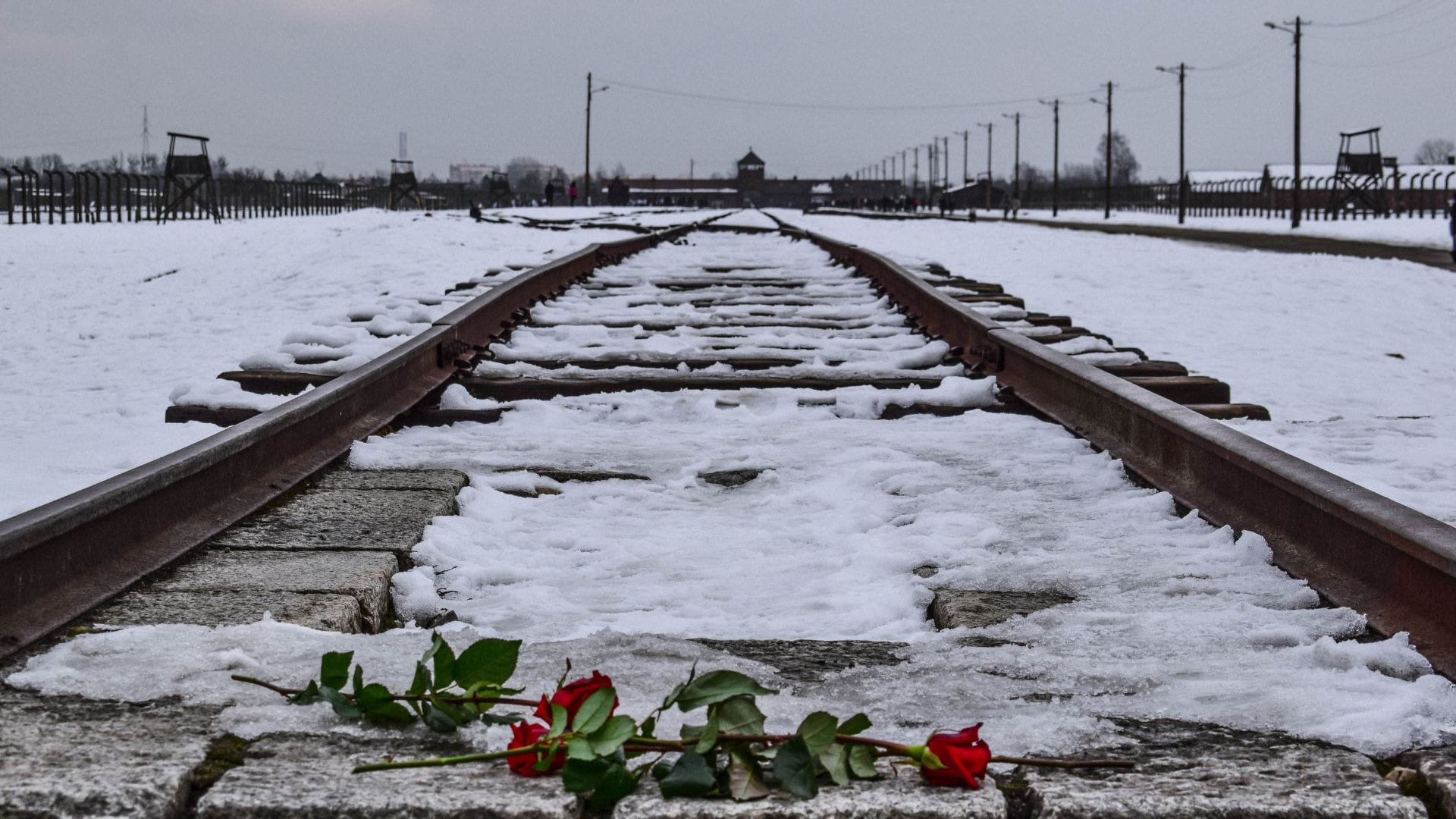Last summer we took our grandchildren for a holiday to Royan on the Atlantic coast of France. Wiliam, who is twelve, has a great interest in the 1939-45 World War and in particular the role of the French Resistance. On the outskirts of Royan we came across a museum dedicated to the ‘Royan Pocket.’
The museum is a large hangar. Standing in all the exhibits are dummy figures clothed in various uniforms. There are Germans, Americans, Frenchmen, men of every French colony and more. Among the German uniforms stand those of the Russians and of the Indians. The Russians, mainly Cossacks, men betrayed and abandoned by Stalin, were forced by starvation to join the Nazis. These soldiers mostly took every opportunity to quickly surrender to Allied troops. After the war they were sent back to Stalinist Russia to face firing squads or to disappear into the gulag. The Indian soldiers also suffered from Nazi mistreatment. Some were persuaded that the defeat of the British Empire in the War would mean freedom for India. We are told about these men but where are the films about the thousands of Indian soldiers who gave their lives fighting for the Allies?
On a descriptive panel near the entrance to the museum we read that in January 1945 the War was over in this area. France was free and the War had moved on. The Germans and their allies in the Royan Pocket were going nowhere; the French Resistance surrounded them. Then, we are told, for ‘political reasons’ it was decided that the pocket should be ‘liberated’ by Free French forces – presumably to forestall a victory for the Resistance, seen as subject to Communist influence.
According to a town guide "(Royan)….was razed by the allies on the morning of January 5th, 1945 and liberated by the French troops of General de Larminat on April 15th." The ‘razing’ completely destroyed the town and left 1,000 French civilians dead along with 23 German soldiers. In whose book, I wonder, is that an effective military action? But don’t forget, it was done for ‘political reasons’! Oh, and by the way, about those French troops. They were the Second Armoured Division composed mostly of men from Chad and Algeria. To find out how they were ‘rewarded’ for their heroism with systematic discrimination, see the film, "Days of Glory".
Royan had then been ‘razed’ but on the 14th of April 1945 the Americans bombed it again. The ‘Pink Lady’ website, an account of a particular bomber, has the following;
"1,161 heavy bombers destroyed 22 defensive installations consisting of Anti Aircraft positions and strongpoints covering the Gironde estuary".
Of the April 14th raid, in which the Pink Lady participated, Lieutenant Glaskin of the 100th Bomb Group wrote in his diary that, "The mission was a direct request from the ground troops to knock out the naval guns guarding the estuary entrance to Bordeaux at Royan. "
On a darker note, the bombing of Royan would be the Eighth Air Force’s only use of a new weapon in an attempt to kill Germans in their bunkers: napalm. Known as a Class-C Fire Bomb, each napalm bomb contained 108 Gallons of the petroleum substance, and they were only used in a few missions. A B-17 only carried 4 of them.
As a result of the conventional and napalm bombing of the city of Royan, the city was totally destroyed, with one report citing that only nine houses remained standing. Among the destructive figures is cited that 1,700 French civilians were killed.
The military success of the operation was minimal, and an official Air-Force report of the mission concluded that, "The sole operational employment of napalm bomb by Eighth Air Force is carried out against German ground installations (pillboxes, gunpits, tank trenches, and heavy gun emplacements) in defensive pocket at Royan by nearly 850 Heavy Bombs. Results are negligible and HQ recommends its discontinuance against this type of tgt. (…)".
So ‘HQ recommends’ the discontinuance of the use of napalm against this type of target.’ Its use against lightly armed fighters and civilians in Vietnam was a different story then?
This horrific destruction of French civilians compares with the militarily useless slaughter of the people and cities of Dresden and Magdeburg in the closing days of the War. Was this a warning to the French workers like the nuclear bombing of Hiroshima and Nagasaki was warning to Stalin: thus far and no farther?
When my dad and his brothers and all that generation went off to War they went to defend their people and liberate Europe from Nazism. On Remembrance Day I think of them and the sacrifices they made. I also think of their cynical betrayal by the capitalist class and its apologists who are still sending young men off to militarily useless actions for ‘political reasons’.






